We’ve been blown away by the amazing Spring blooms at Gill’s this week! We’re always on the go, but no plant person can resist stopping to smell fresh roses or to brush against a Copper Canyon Daisy to release the wonderful scent. If you want to bring some fragrance to your landscape, here’s what we’d recommend planting now.
Sweet Mademoiselle Rose
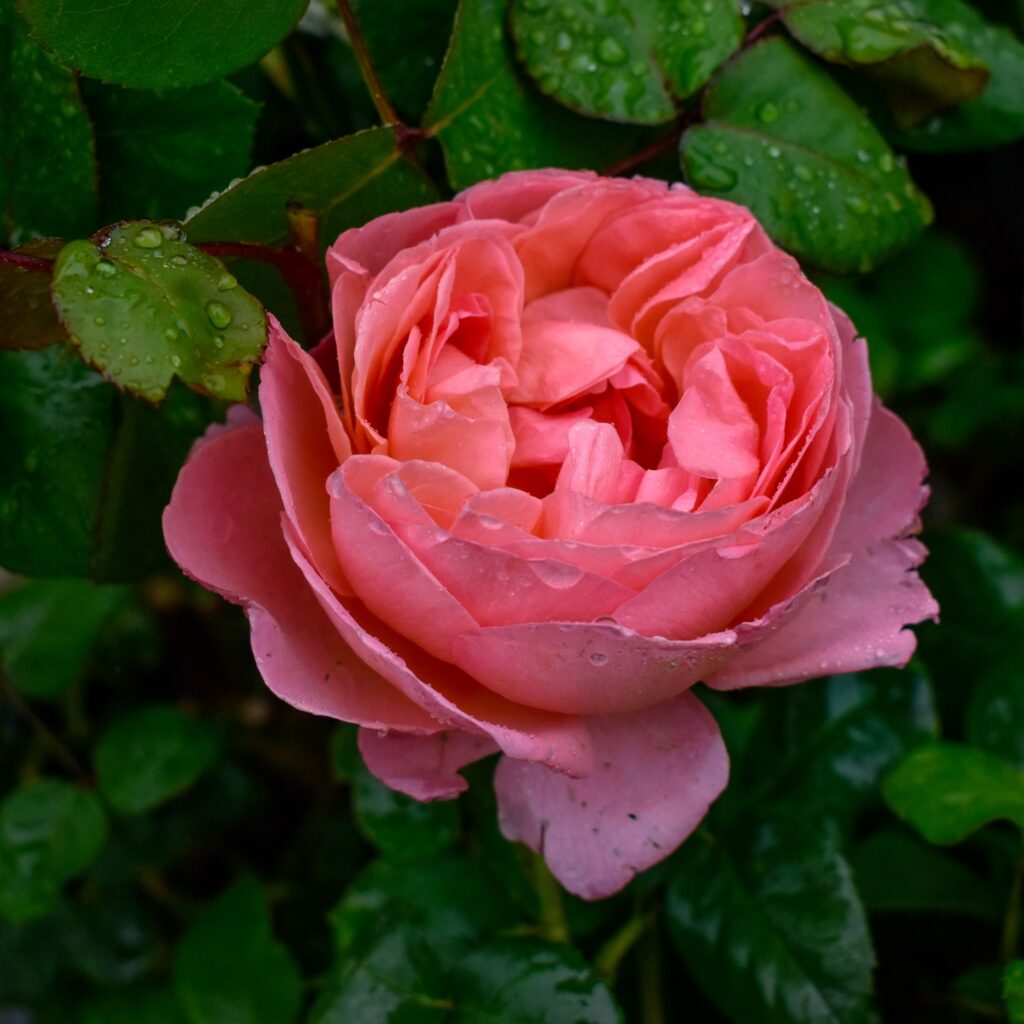
The cool weather this week really brought out the color of our Sweet Mademoiselle Rose blooms! This is a new variety bred for the color and excellent disease resistance. The scent is soft, delicate, and unique – sort of like a rosy tea.
Almond Verbena
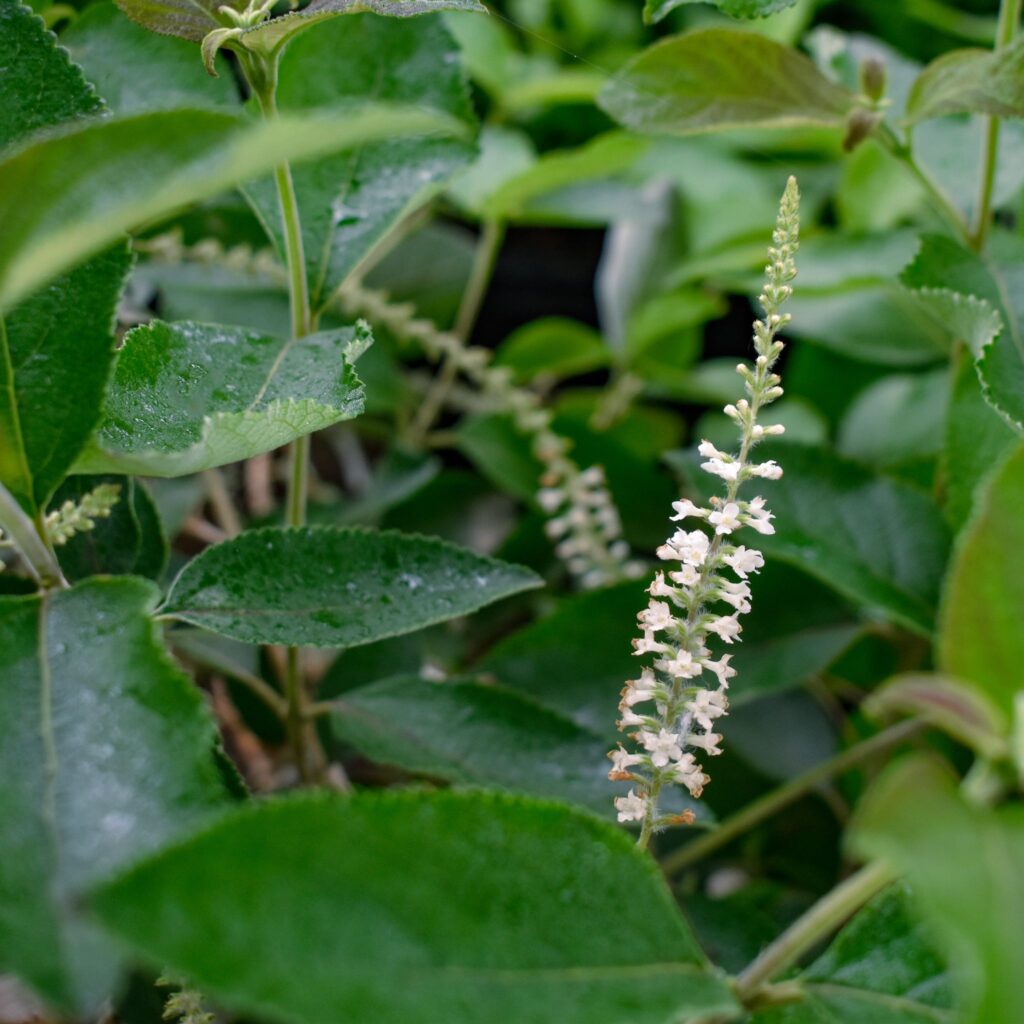
Almond Verbena blooms might be our favorite scent in the garden. They really do smell like sweet almonds, and when the wind is just right, you can smell them all the way across the garden center! Great cold hardy, tough, and drought tolerant plant for shady/partial sun spots. Easy to prune to your desired shape, and to encourage more blooms.
Maid of Orleans Jasmine

Maid of Orleans aka Arabian Jasmine is a vining evergreen shrub with wonderfully fragrant flowers that are used for tea and in the perfume industry. The fragrance is similar to Star Jasmine – sweet and intense! Hummingbirds and butterflies love it too.
Night Blooming Jasmine
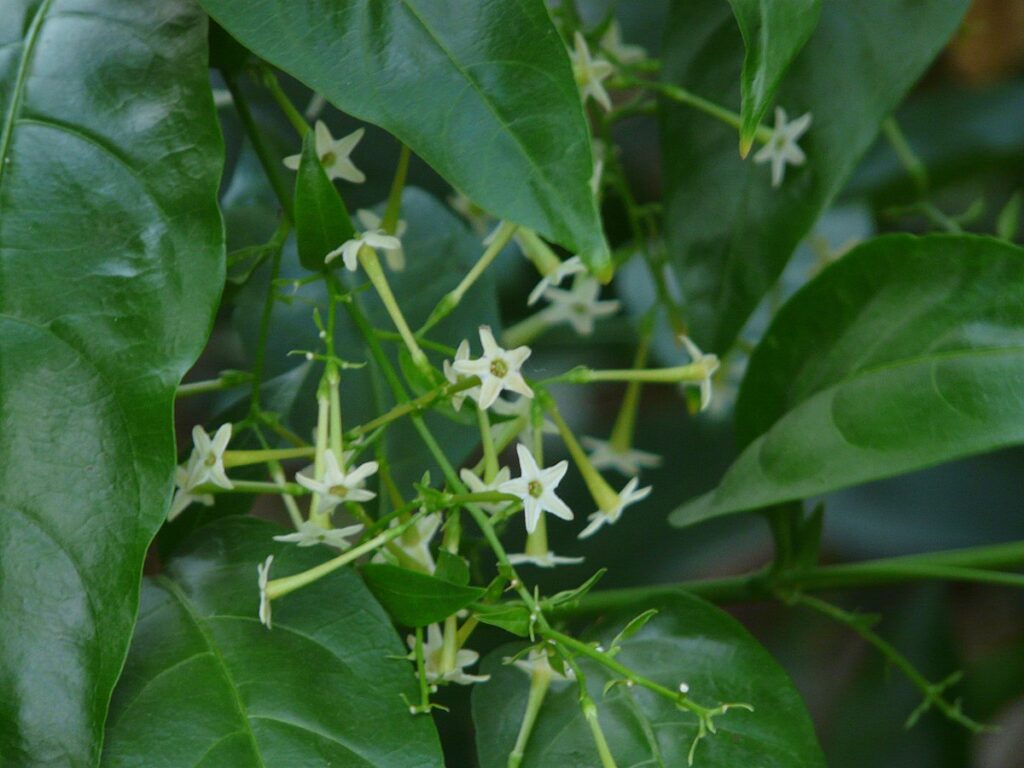
Night Blooming Jasmine is not a true Jasmine, but it gets its name from the fragrant white blooms. It’s actually part of the Solanaceae family which includes potatoes and tomatoes. The blooms open at night an emit a very strong (in a good way) scent. Think of Night Blooming Jasmine as more of a sprawling woody shrub than a vine. Once established, they’re cold tolerant down to about 25 degrees.
Copper Canyon Daisy
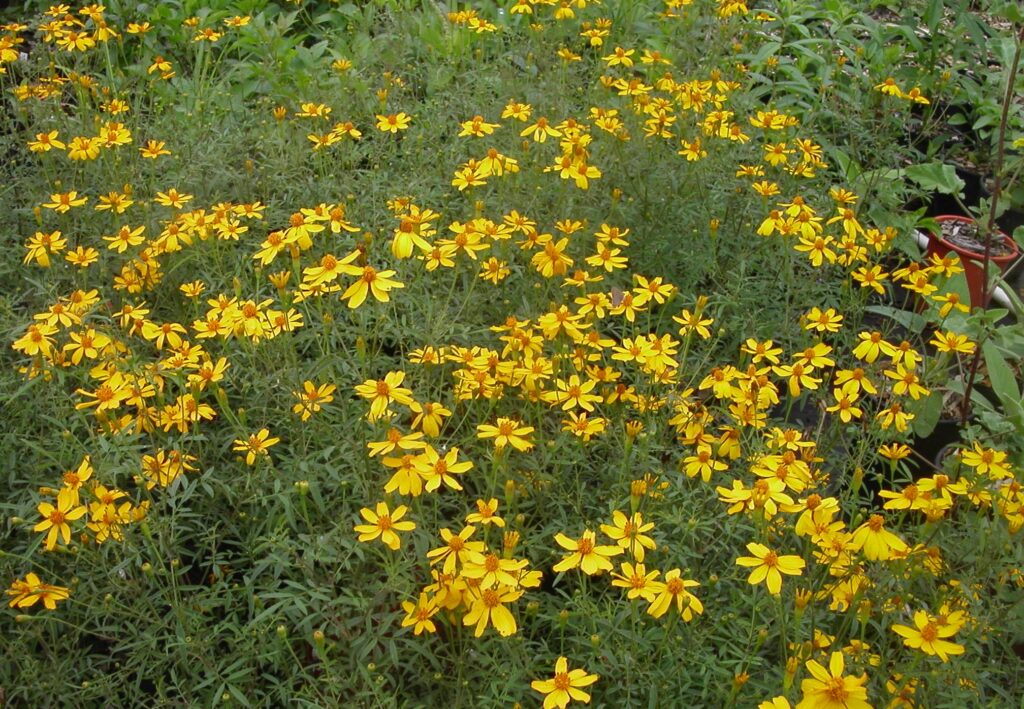
Copper Canyon Daisy aka Mountain Marigold is native to the Southwest US and Northern Mexico. The bright yellow flowers are attractive to bees and butterflies, but its the foliage that smells so good. The fragrance that’s released when you brush against the plant is difficult to describe. Maybe fresh rain + a hint of lemon?
Arp Rosemary
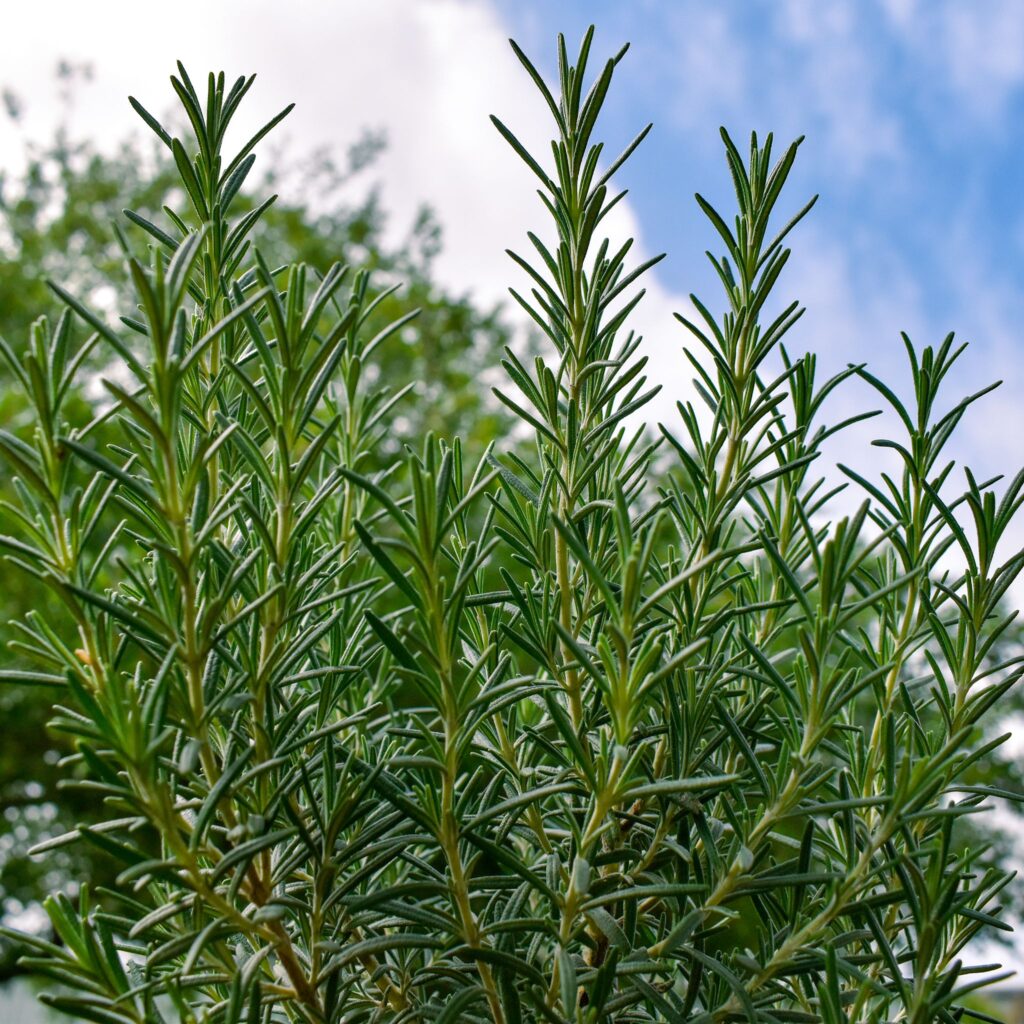
We rarely meet a rosemary variety that we don’t like – they all smell great, and they have subtle differences in scent and flavor. We’re excited about Arp Rosemary this Spring because it’s cold hardy down to 20 degrees! Great in the ground or in a pot with an upright growth habit.
Citronella Geranium
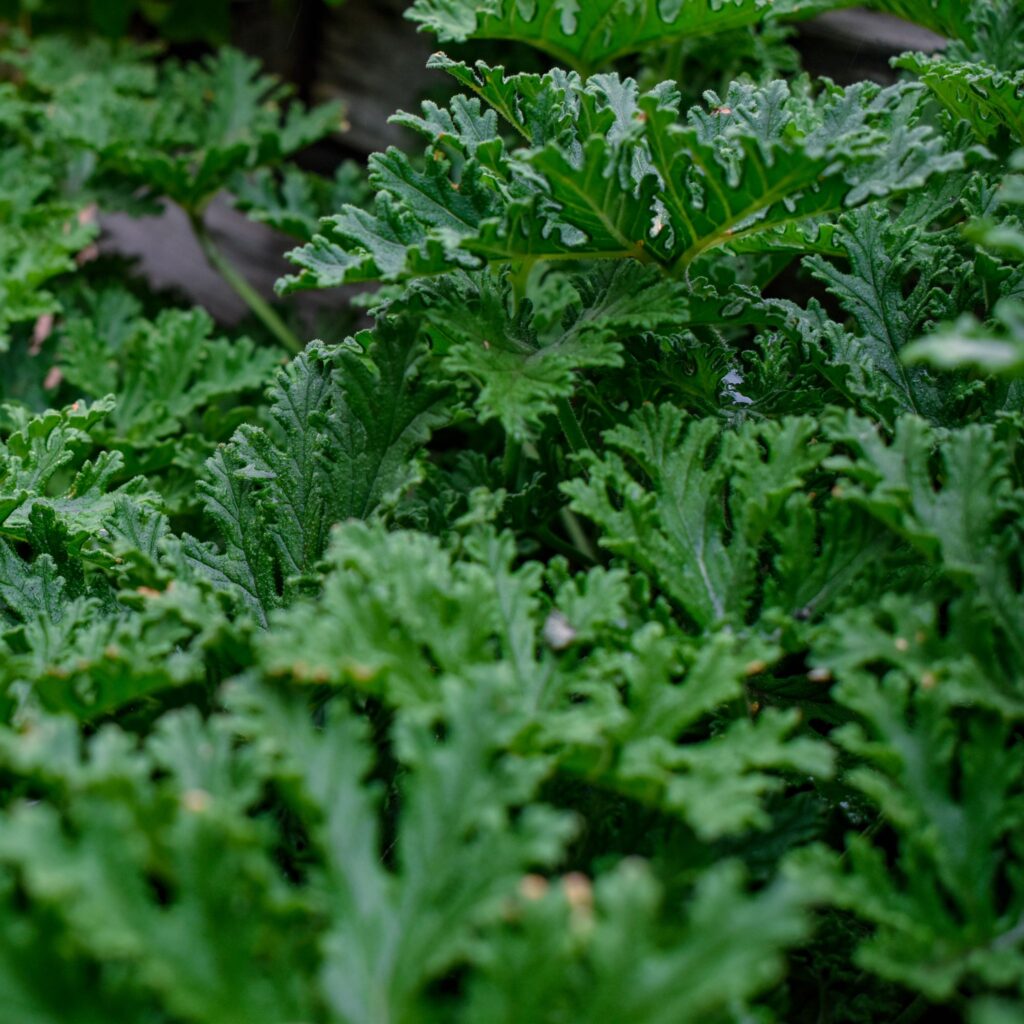
Some would call the scent of Citronella Geraniums pungent, and others adore it. The most common use of the plant and it’s strong scent is to repel mosquitoes. Place it near the door or along walkways, and periodically disturb the foliage with a broom to release the fragrance.
Texas Kidneywood
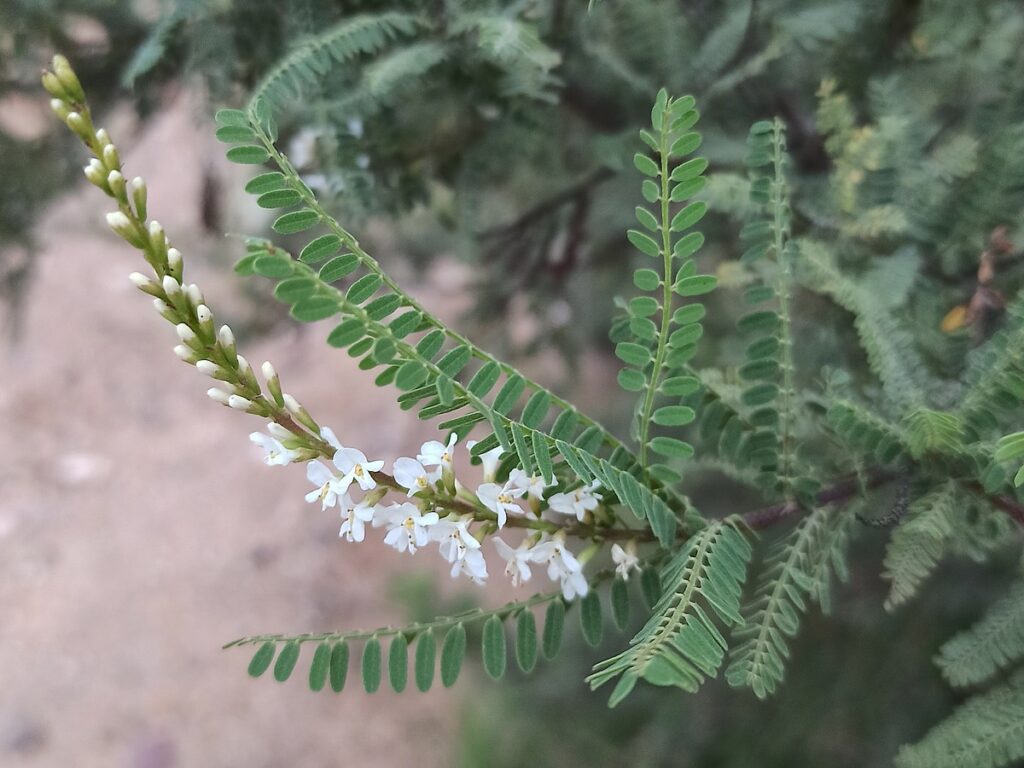
Kidneywood is a Texas native shrub/small tree with delicately fragrant blooms and leaves. Kidneywood likes a location with dappled light (some sun/some shade) and is both cold hardy and drought tolerant. The blooms attract bees and butterflies and the wood is sometimes used for dyes.
Mexican Mint Marigold
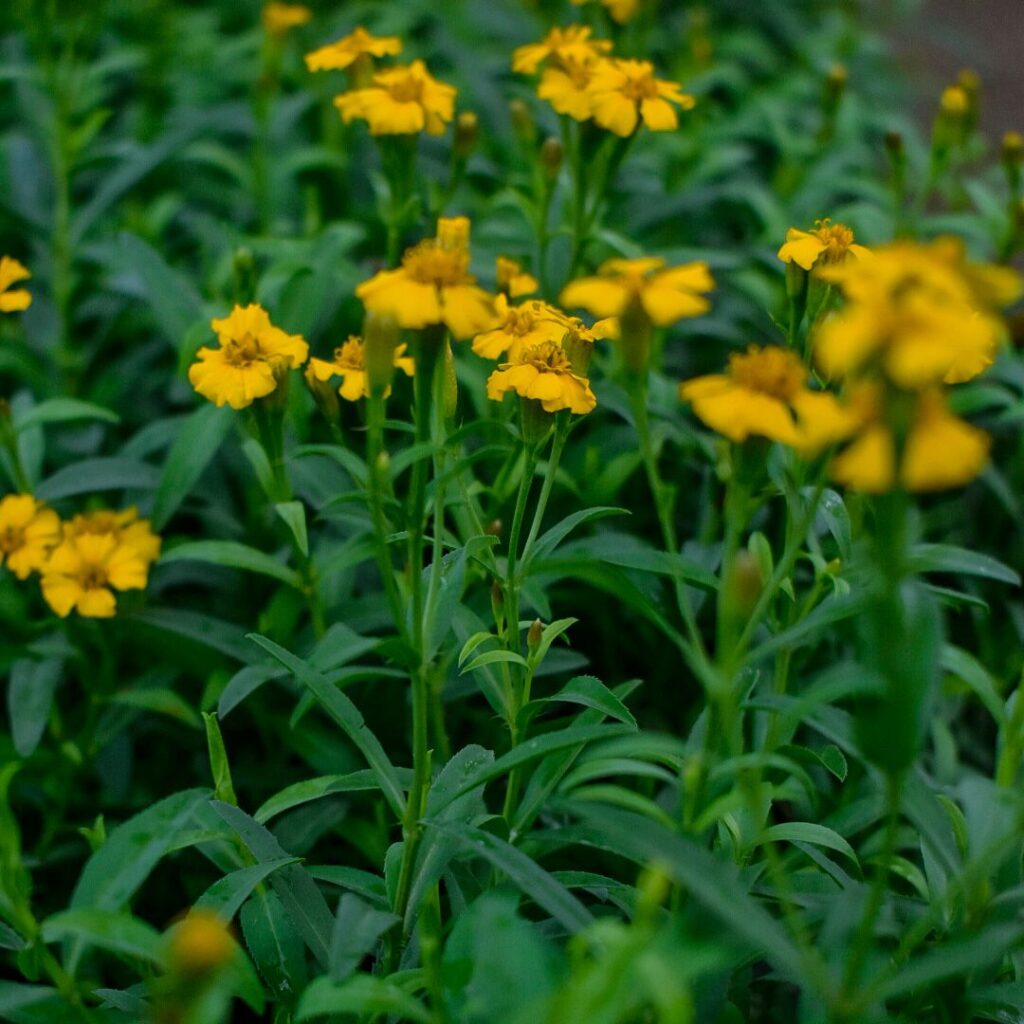
Mexican Mint Marigold aka Mexican Tarragon or Texas Tarragon is an aromatic herb with beautiful flowers and a fragrance similar to anise or licorice. Great for a full-sun location, and makes a great potted plant since it needs good drainage. You can use it in the kitchen as you would tarragon with chicken, fish, compound butter, etc. And we think it makes the BEST salad dressing.
Sansevieria??
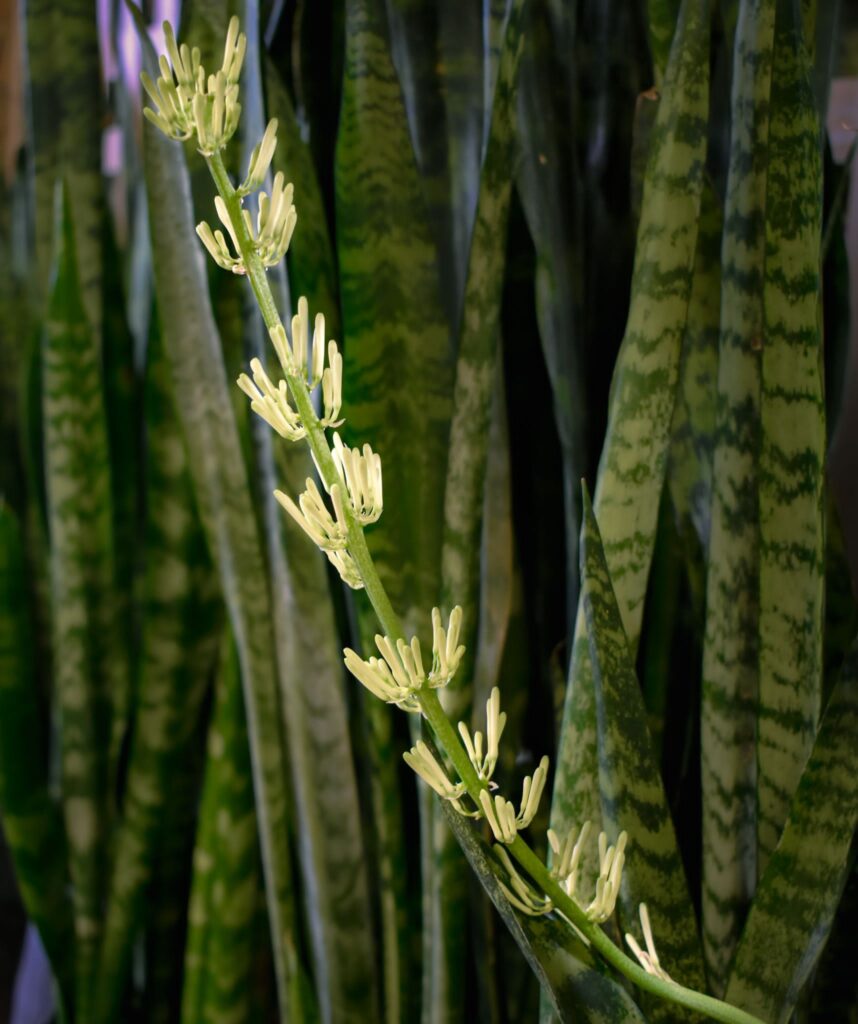
Did you know that Sansevieria sometimes bloom?! This is rare, but we have 1 here at Gill’s right now that’s about to flower. If you’ve never smelled a Sansevieria bloom, be sure to stop by in the next few days. We plan to keep it here until the blooms fade so everyone has a chance to smell the incredible (and incredibly strong) fragrance. If you want to encourage your Sansevieria to bloom, keep the roots constricted in a small pot and give it more light. No guarantees, but it’s magical when it happens.
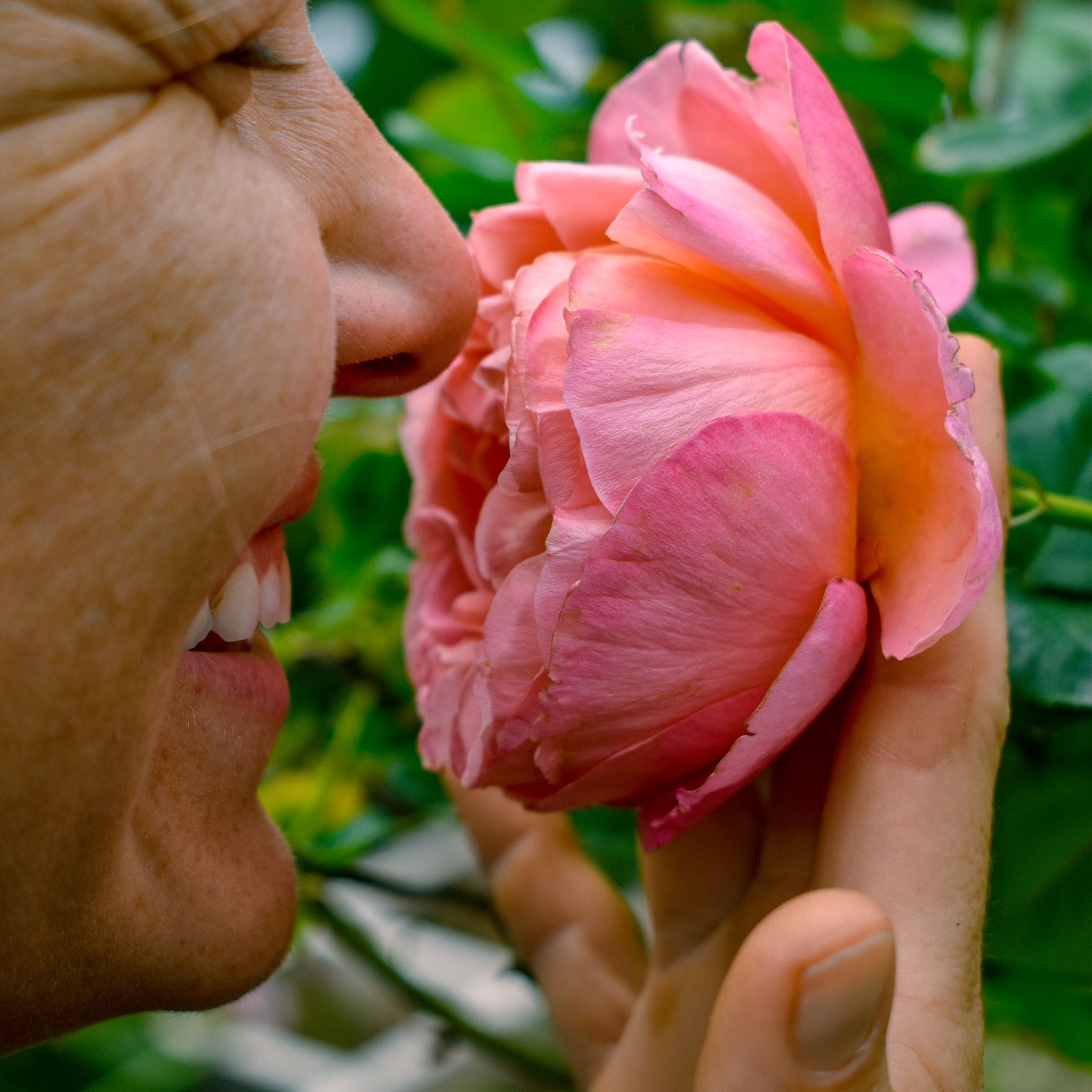


Reader Interactions